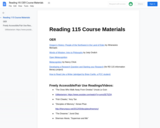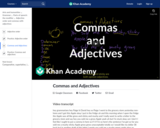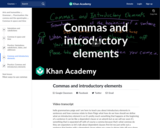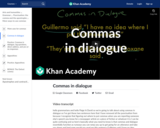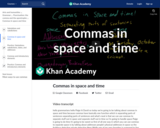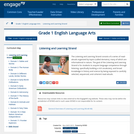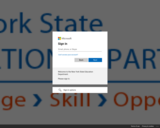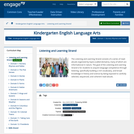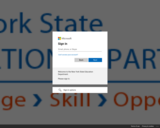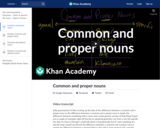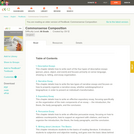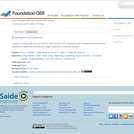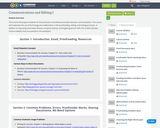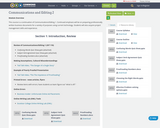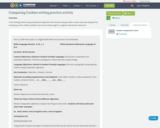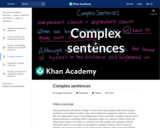College Reading OER Course Materials
RD 155
Course Description
Focuses on expanding reading frequency and effectively reading complex college level texts; Emphasizes comprehension strategies, critical reading and thinking skills, information literacy, vocabulary development, student success strategies and adapting reading rate to different reading tasks.
Improve reading rate, vocabulary and comprehension. Includes formation of efficient
reading habits, vocabulary development, inferential and critical reading, and adapting
reading rate to different reading tasks.
Intended Outcomes for the course
1. Proficiently use stages of reading—previewing, reading, review-and reading strategies in order to improve comprehension, control concentration, and increase persistence and retention in a variety of academic and non-academic reading tasks. Refine connections between text, the student’s life, student’s knowledge of the world, and other texts. Examine interactions between relationship, richness, structure, style, vocabulary, and purpose within complex texts. Increase reading frequency. Adjust reading rate to the nature of the material.
2. Advance and broaden use of vocabulary development strategies to learn and use new words including discipline-specific vocabulary in listening, speaking and writing. Advance word parts study.
3. Refine written evaluation, analysis, and reflection in response to various texts.
4. Analyze texts in order to identify and articulate explicit and implied main idea and major details, distinguish fact from opinion, determine the author’s and reader’s purpose and bias, and distinguish between literal and figurative meaning in a variety of increasingly complex academic and non-academic reading materials. Make accurate inferences and rely on information provided in text to substantiate thinking. Identify and evaluate complex points of view in different texts. Cultivate flexibility and skepticism about author’s and reader’s perspectives.
5. Use library resources to formulate a research query and select appropriate sources of information. Use critical thinking to evaluate increasingly complex and diverse information and sources for academic and lifelong learning. Identify and make use of steps in the research process.
6. Exhibit habits and contribute to academic success, including engagement and intellectual curiosity. Employ active learning and study strategies for academic success. Use campus support services and other learning resources to help meet academic goals. Participate in a classroom learning community in a respective and responsive manner.

